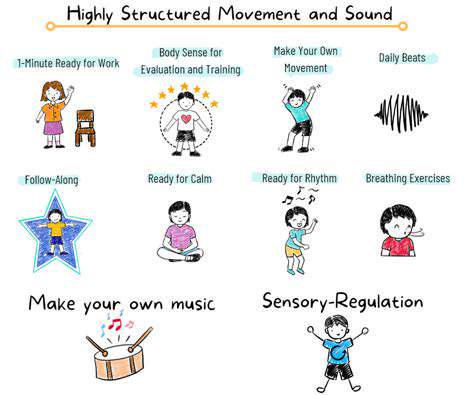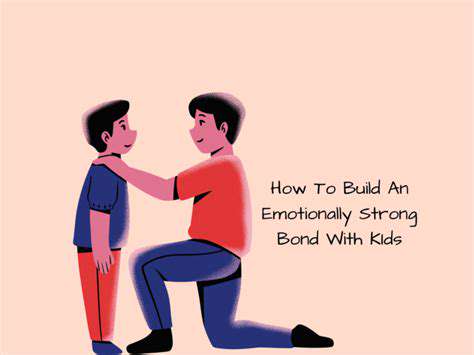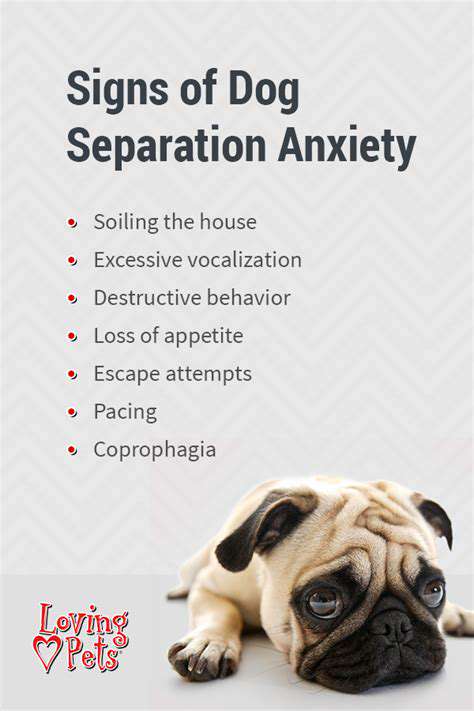Understanding Dog Body Language [Explained]
Decoding the Wag: Different Types of Tail Wags
Understanding the subtle nuances of a dog's tail wag is crucial to deciphering their emotional state. A simple wag isn't always a sign of pure happiness. The speed, direction, and even the height of the tail's movement can all convey different messages. A slow, gentle wag might indicate a calm and relaxed dog, while a rapid, high-amplitude wag could signify excitement or even apprehension. Observing the context surrounding the wag, such as the dog's overall body posture and other cues like ear position and facial expressions, is critical to forming a complete picture of their current emotional state. A wagging tail that is low to the ground can often signal submission or fear, contrasting sharply with a tail held high which usually indicates confidence and assertiveness.
Consider the direction of the wag. A tail wagging primarily to the right might suggest a dog is feeling playful or friendly, whereas a tail wagging to the left could imply a dog is feeling stressed or anxious. These subtle indicators, when combined with other behavioral cues, can help us better understand what a dog is trying to communicate. It's important to remember that each dog is unique, and individual variations in tail-wagging patterns should be considered when interpreting these signals. Further study and observation of your own dog's unique cues can significantly improve your ability to interpret their subtle body language.
Beyond the Wag: Other Body Language Indicators
While tail wags are often a prominent indicator, a comprehensive understanding of dog body language also involves considering other cues. A dog's ears, for example, can provide vital information. Ears held erect and forward often suggest alertness and attentiveness, while ears flattened back against the head might indicate fear or submission. A dog's posture can also offer insights into their emotional state. A relaxed posture with a loose body suggests contentment, whereas a tense posture with a stiff body might signal stress or anxiety. Paying attention to the dog's overall body language, including subtle shifts in facial expressions, can enhance your ability to interpret their emotional state and ensure their well-being.
Additional indicators include the dog's mouth. A closed mouth often signifies a calm state, while a relaxed and soft mouth can suggest a dog is feeling comfortable and relaxed. Conversely, a tense or open mouth, coupled with other signs of stress, could indicate a dog is feeling threatened or anxious. Combining all the cues mentioned above, we can develop a far more nuanced understanding of the dog's emotional state. This holistic approach to reading dog body language is essential for responsible pet ownership.

Building a Strong Bond Through Observation

Cultivating Trust
Building a strong bond with others hinges on the foundation of trust. This involves consistent actions that demonstrate reliability and integrity. Open communication and honesty are paramount in fostering trust. When individuals feel heard and respected, they are more likely to reciprocate those sentiments, strengthening the bond between them. Trust takes time to cultivate, but its presence is essential for any meaningful connection.
Furthermore, demonstrating empathy and understanding is crucial. Active listening and a genuine interest in others' perspectives are key elements in earning trust and building a strong bond.
Understanding Perspectives
A crucial aspect of building a strong bond involves actively seeking to understand the perspectives of others. This requires going beyond simply hearing their words and delving into their underlying motivations and feelings. Empathy plays a critical role in this process, allowing us to see the world from another's point of view and appreciate their experiences.
Respecting Boundaries
Respecting boundaries is essential for maintaining a healthy and strong bond. This means recognizing and honoring the limits that individuals set for themselves in relationships. Understanding that everyone has their own personal space is vital in sustaining a positive connection. Ignoring or violating these boundaries can damage the bond and lead to resentment and conflict.
Clear communication about expectations and limits is key to respecting boundaries effectively. Open dialogue helps avoid misunderstandings and ensures that everyone feels safe and valued.
Active Listening and Communication
Active listening is a vital skill in building strong bonds. It involves more than just hearing words; it encompasses paying close attention to nonverbal cues, understanding the speaker's emotions, and responding thoughtfully. This attentive listening demonstrates respect and fosters deeper understanding.
Effective communication is also a cornerstone of strong bonds. Clear and honest expression of thoughts and feelings, along with active listening, are fundamental in navigating any relationship successfully.
Shared Experiences and Values
Shared experiences and values often strengthen bonds. These shared moments, whether big or small, create lasting memories and a sense of connection. Experiences can be anything from attending a concert together to sharing a meal or working on a project. These shared moments provide opportunities for individuals to connect on a deeper level.
Forgiveness and Compassion
Forgiveness and compassion are essential ingredients in nurturing strong bonds. Life inevitably throws curveballs, and conflicts and misunderstandings are bound to arise. The ability to forgive and show compassion in the face of these challenges strengthens the bond and demonstrates a willingness to work through difficulties. Forgiveness is an active choice that demonstrates maturity and a desire to maintain the connection.
Cultivating compassion, the ability to understand and share the feelings of others, is crucial in navigating conflicts constructively and promoting harmony within relationships.
Read more about Understanding Dog Body Language [Explained]
Hot Recommendations
- Best Training Methods for Specific Dog Breeds
- Funny Things My Fish Do
- Common Livestock Illnesses as Pets
- The Story of How My Cat Became Friends with [Other Animal]
- Guide to Summer Pet Care [Tips for Heat]
- How to Care for a Ferret
- Best Pet Health Tracking Apps
- How to Volunteer at Your Local Animal Shelter
- How to Prepare for a Pet Emergency [Checklist]
- Tips for Managing Pet Diabetes at Home


![Review: [Specific Brand] Pet Odor Eliminator](/static/images/33/2025-05/ValueforMoneyandAlternatives.jpg)


![Guide to Caring for [Specific Cat Breed, e.g., Maine Coon]](/static/images/33/2025-05/HealthConsiderationsforMaineCoonCats3AAProactiveApproach.jpg)



![Life with My [Specific Exotic Pet]](/static/images/33/2025-06/ChoosingtheRightExoticPet3AResearchandPreparation.jpg)
![My Story of Rescuing a Bird [Story]](/static/images/33/2025-06/ATriumphantReturntoFreedom.jpg)
